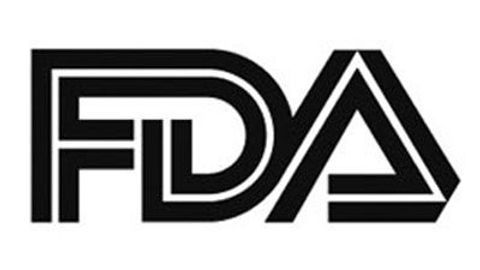FDA Aids IND Application Submission for Ropidoxuridine in Glioblastoma
Responses from the FDA regarding questions submitted for a Type B pre-investigational new drug application meeting have provided a pathway for the start of a phase 2 trial of ropidoxuridine in glioblastoma.
- Positive guidance from the FDA has been provided to Shuttle Therapeutics regarding the investigational new drug application (IND) application for ropidoxuridine in glioblastoma.
- Ropidoxuridine is an orally available radiation sensitizer for the treatment of glioblastoma.
- A clinical trial of the agent remains on track for initiation in Q4 of 2023.

The FDA has provided positive feedback and guidance on the protocol design and Company's chemistry, manufacturing, and controls (CMC) for ropidoxuridine (IPdR), a radiation sensitizer for use in combination with radiotherapy to treat brain tumors, including glioblastoma.1
With these responses from the FDA, a pathway to IND application submission has been provided and remains on track to initiate a phase 2 clinical trial of the agent for patients with glioblastoma in the fourth quarter of 2023.
"The FDA's written responses provide clarification and guidance on key aspects to our Phase 2 clinical design and CMC protocols, paving the way to Shuttle's clinical development of ropidoxuridine as a radiation sensitizer for treating glioblastoma," said Anatoly Dritschilo, MD, chairman, chief executive officer of Shuttle Pharmaceuticals, in a press release.
Ropidoxuridine is a halogenated pyrimidine that contains strong cancer radiation sensitizing properties.2 Halogenated pyrimidines are incorporated into DNA through the rapid growth of cancer cells. These cells become more sensitive to the effects of radiotherapy. Ropidoxuridine is given orally to patients.
At the 30th EORTC-NCI- AACR Symposium in November 2018, data on 18 patients who completed dose-escalation with ropidoxuridine to 1200 mg/day for 30 days were reported.3 These data established the maximum tolerated dose in combination with radiation therapy, and radiation signals of efficacy included 4 patients who had partial responses, 9 patients with stable disease, and 1 patient with progressive disease in target lesions.
Based on these findings, the advancement of clinical development of ropidoxuridine in combination with radiation was supported. These data also provide the foundation for design of phase 1b/2 trials for the treatment of patients with brain tumors and sarcomas.
Shuttle Pharmaceuticals previously has received an approval of orphan drug designations from the FDA in the glioblastoma space. These provide potential marketing exclusivity upon first FDA approval for the disease.
In addition, ropidoxuridine is also being assessed in a new combination formulation with tipiracil. This combination has shown to increase the plasma levels of IUdR approximately 10-fold in pre-clinical testing.
Additionally, the proposed use for this combination formulation is in radiation sensitizing treatment for patients with stage II and stage III rectal cancers, and investigators are assessing the end point of pathologic complete response rate of greater than 40%. This combination of ropidoxuridine/tipiracil will continue to be evaluated in parallel with other trials of ropidoxuridine and radiation therapy moving forward.
REFERENCES:
Shuttle Pharma announces results of pre-IND meeting with FDA for ropidoxuridine phase II clinical trial for patients with glioblastoma. News release. Shuttle Pharmaceuticals Holdings, Inc. September 25, 2023. Accessed September 25, 2023. https://tinyurl.com/44knmumx
Science Technology. Shuttle Pharmaceuticals Holdings, Inc. Accessed September 25, 2023. https://shuttlepharma.com
Kinsella T, Safran H, Breakstone R, et al. Pharmacology of oral (PO) ropidoxuridine in treating patients with advanced gastrointestinal cancer undergoing radiation therapy (RT) (NCT02381561). Presented at: 30th edition of EORTC-NCI-AACR symposium on Molecular Targets and Cancer Therapeutics; November 13-16, 2018; Dublin, Ireland.
FDA Approves FoundationOne CDx as Companion Diagnostic for Tovorafenib in Pediatric Low-Grade Glioma
January 17th 2025FoundationOne CDx is now FDA-approved as the first companion diagnostic for tovorafenib, enabling targeted treatment for relapsed/refractory pediatric low-grade glioma with BRAF mutations or rearrangements.
Read More